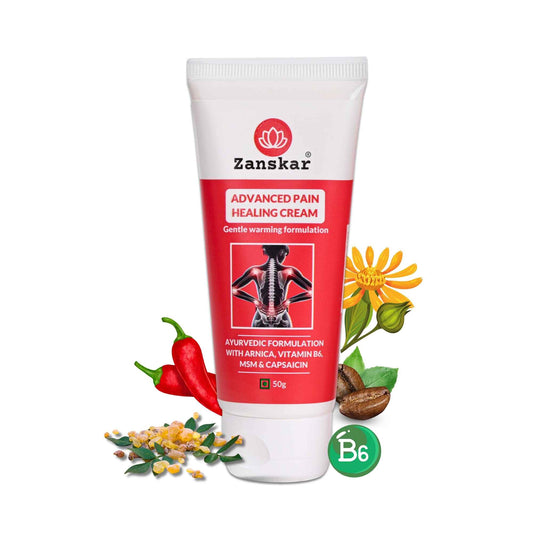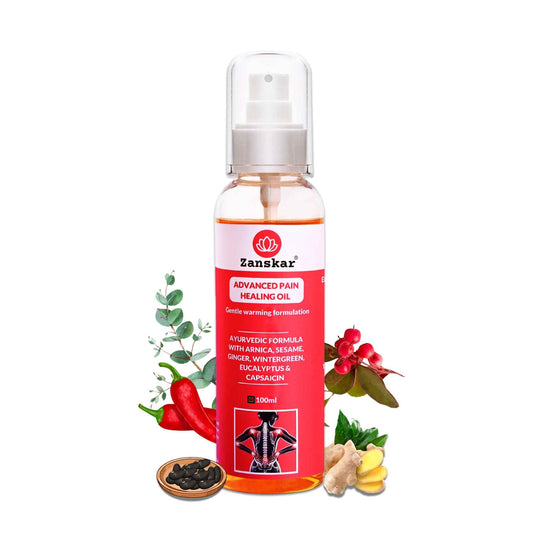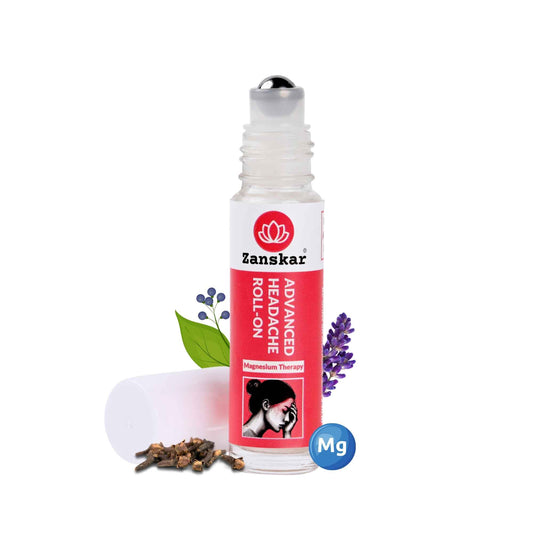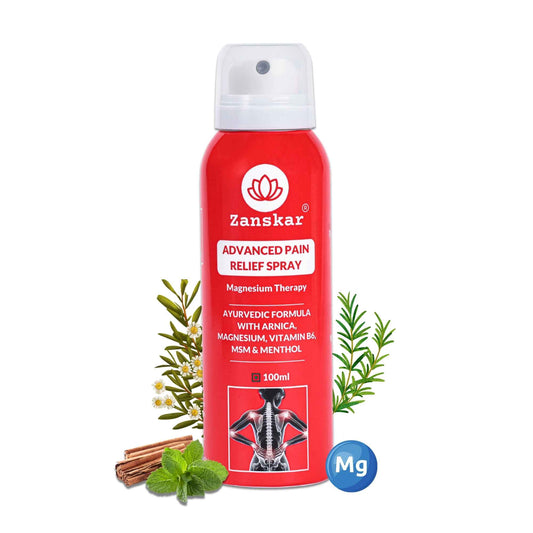
4 best stretches and exercises for Scoliosis
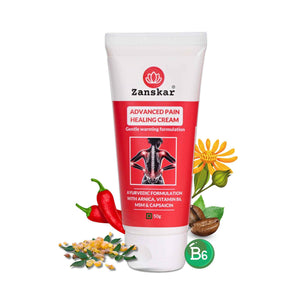
Scoliosis is a condition that causes the spine to curve sideways. In a person with scoliosis, the spine curves to one side. The rib cage may also twist to the same side.
This article looks at what scoliosis is and looks at some stretches and exercises that may help.
What is scoliosis?
Scoliosis refers to a curvature of the spine, which often develops into an S-shaped or C-shaped curve that differs from the spine’s typical shape. Scoliosis most often becomes noticeable in children and adolescents, and it’s believed to be a result of a combination of genetic, hormonal, and environmental factors.
About 3% of India's population has scoliosis. Also, girls are more likely to develop scoliosis than boys.
Scoliosis Symptoms
Scoliosis doesn’t always cause symptoms, especially in milder cases where the change in the spine’s curvature is minimal. However, if the condition progresses, you may notice the following symptoms:
- uneven shoulders
- one hip appearing higher than the other
- one shoulder blade is more prominent than the other
- when bending forward, one side of the rib cage is higher than the other
- in severe scoliosis, there may be back pain
Causes
There are three types of scoliosis:
- idiopathic
- congenital
- neuromuscular
Idiopathic scoliosis is the most common type, accounting for about 80% of all cases. While the cause of idiopathic scoliosis is unknown, there are known risk factors, such as sex and age.
Congenital scoliosis is when an injury or abnormality is present during pregnancy or birth.
Muscle spasms or tightness can cause neuromuscular scoliosis. Neuromuscular disorders, such as cerebral palsy and multiple sclerosis (MS), can also cause it.
Risk factors
Most cases of scoliosis are idiopathic, meaning they appear to have no specific cause. However, some trends regarding higher incidence in certain risk factors are noticed which include:
- Age: Scoliosis is more common in children approaching adolescence.
- Sex: People assigned female at birth are more likely to develop scoliosis.
- Genetic factors: Sometimes, scoliosis runs in families.
- Neuromuscular conditions: Conditions, such as cerebral palsy, can misalign vertebrae.
Scoliosis Treatment
Treatment for scoliosis varies depending on the severity of the curve and the age of the patient. Mild scoliosis may only require regular monitoring with X-rays to observe if the curve is worsening. In cases where the curve is more pronounced, treatment may include wearing a brace, or, in more severe cases, surgery may be advised.
Can Exercises Help With Scoliosis?
Physical therapy can aid in managing back or neck pain related to scoliosis. Exercises designed to improve spinal mobility, strengthen the muscles supporting the spine, and increase muscle flexibility, are often effective in alleviating pain and improving posture issues associated with scoliosis.
Here are some exercises recommended by Zanskar experts:
1. Pelvic tilts: A pelvic tilt focuses on alignment, engagement, and postural awareness. It also engages the transverse abdominal muscles, which help with core stability.

2. Arm and leg raises: A person can strengthen their lower back with arm and leg raises. A person may need to begin with only arms or legs at first in order to prevent placing too much torque on the spine.

3. Cat-Cow: The Cat-Cow is a yoga pose, and it can help keep the spine flexible and pain-free. It also helps with spine mobility.

4. Latissimus-dorsi stretch: This stretch focuses on the latissimus dorsi — a flat and broad muscle that occupies most of the back lower thorax. Its main function is to move the upper extremities. Thoracic scoliosis directly affects these muscles.

Some activities and exercises can worsen scoliosis symptoms or increase the risk of secondary injuries. People with scoliosis should avoid:
- Keeping their neck bent forward with their head facing downward, such as when using a smartphone.
- Playing football and other high-contact sports. They can be dangerous for people with scoliosis.
- Repeatedly extending the torso, which can occur in some yoga positions, ballet steps, and gymnastic maneuvers.
- Exposing the spine to repeated impacts from jumping or running. Common culprits include long-distance running on hard surfaces, horse-back riding.
In addition to exercise, a range of home management solutions may help. These include:
- Bracing: Bracing may prevent a spinal curve from worsening, reduce pain, and improve mobility. The right bracing strategy depends on a person’s scoliosis type, so talk with a healthcare professional before trying a brace.
- Choosing the right furniture: An ergonomic chair or mattress may better support the spine and back, reducing pain.
- Massage: Some people find that massage helps with scoliosis pain.
- Sleeping Method: A person can also add a pillow between their knees when in bed to help with spinal alignment and take pressure off certain areas.
Takeaway
It can be discouraging to experience changes in your spine and back, particularly those that can affect its appearance and function like scoliosis. But remember: The spine is an incredibly strong structure that is responsible for supporting the entire body as well as so many movements that allow us to stand up straight, bend, and twist.
There’s a lot you can do to support your spine and back and help maintain a healthy posture. Movement, along with targeted exercises to strengthen and stretch the back, can help maintain function and mobility in the spine and manage issues like stiffness and pain.
Learn More About Zanskar Health
If you have joint or muscle pain that makes it hard to move, Zanskar offers the most advanced full stack pain relief solutions for you.
Now available to purchase, Zanskar® Advanced Pain Care Products have a unique formulation of natural bioactive ingredients and provide lasting relief from muscle and joint discomfort that you can feel good about. Get your fix before stocks run out - buy now.
You can also gain access to therapeutic exercises and stretches for your condition by downloading the Zanskar Health physiotherapy mobile app. Additionally, you’ll have a personal care team to guide, support, and tailor our program to you, including behavioral and nutritional coaching.
Download our mobile app here 👉 download and track your exercise streak.
Medical Review: This article is written by Dr Nishtha Mittal (Senior Health Content Editor at Zanskar Health) and has been medically reviewed by the medical team at Zanskar Health. This article and its contents are provided for educational and informational purposes only and do not constitute medical advice or professional services specific to you or your medical condition.




